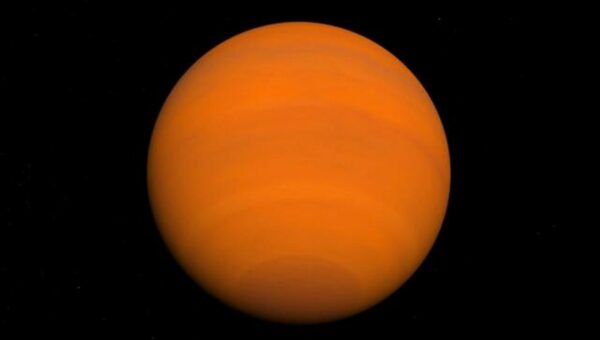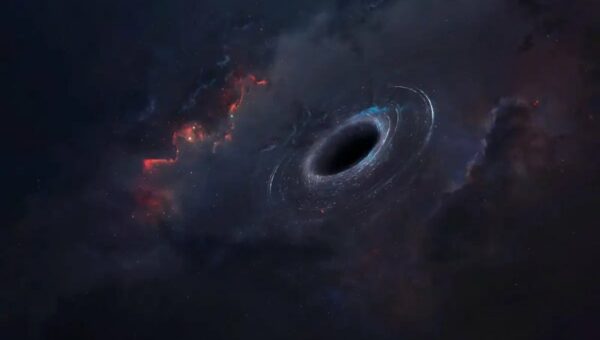The evolution of oxygen, carbon, and other essential components across Earth’s history has been revealed by research, and this knowledge may be used to determine which other planets are capable of supporting life as we know it, from plants to animals to people.
The University of Bristol researcher who conducted the study, which was published today in Nature Geoscience, explains for the first time how the accumulation of carbon-rich rocks has accelerated the creation of oxygen and its release into the atmosphere. The precise process by which the atmosphere turned oxygen-rich has long baffled scientists and led to a variety of competing theories.
Volcanoes release carbon dioxide throughout time, which eventually finds its way into the ocean and forms rocks like limestone. These rocks can release carbon during tectonic processes, such as mountain construction and metamorphism, when global stocks of these rocks accumulate.
With this information in hand, the scientists developed an exceptionally complex computer model that allows them to more precisely map significant shifts in the carbon, nutrient, and oxygen cycles that have occurred over 4 billion years into Earth’s history.
Lead author and University of Bristol lecturer in Earth sciences Dr. Lewis Alcott, a biogeochemist, said, “This breakthrough is important and exciting because it may help us understand how planets, other than Earth, have the potential to support intelligent, oxygen-breathing life.
Because computer models haven’t been able to precisely replicate all of the potential feedbacks together, we haven’t previously been able to understand why oxygen rose from extremely low concentrations to concentrations that they are today. For decades, this has baffled experts and given rise to several explanations.”
According to the discovery, planets that formed billions of years ago, like Earth, may have a better chance of amassing sufficient carbon-rich deposits in their crust. This might enable the quick recycling of carbon and other nutrients necessary for life.
The studies demonstrated that the crust’s progressive carbon enrichment leads to ever-higher rates of carbon and mineral recycling, including the nutrients required for photosynthesis—the process by which green plants use sunlight to absorb carbon dioxide and water—as well as other minerals. Therefore, over Earth’s history, this cycle has progressively increased the rate at which oxygen is produced.
Commencing when Dr. Alcott was a Hutchinson Postdoctoral Fellow at Yale University in the United States, the research lays the groundwork for further investigations to further elucidate the intricate interactions among planetary temperature, oxygen, and nutrition.
Professor Benjamin Mills, a co-author and Earth System Evolution expert at the University of Leeds, stated, “We have lots of information about distant stars and the size of the planets that orbit them. Soon this could be used to make a prediction of the planet’s potential chemistry, and new advances in telescope technology should let us know if we are correct.”







